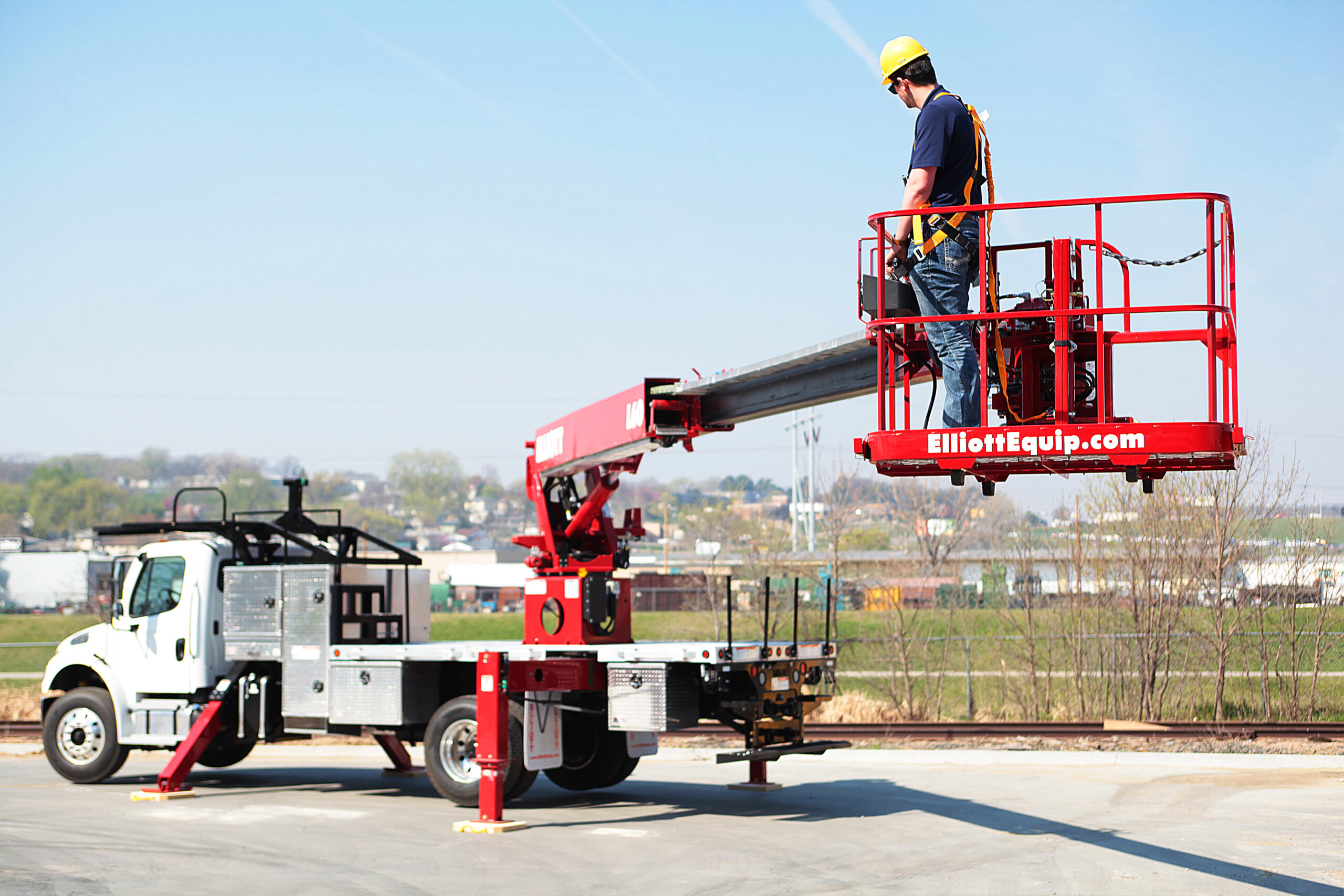Don’t put your assets or workers at risk! Take the time to perform critical inspections.
Annual inspections are important not only for safety reasons as mandated by ANSI, but also to collect critical information that helps keep equipment in service. Inspections ensure all components of your machine are in working order while also providing peace of mind to owners whose businesses depend on these important assets.
Planning Your Annual Inspection
Only experienced mechanics can perform inspections, which cover structural components such as outriggers, booms, turrets and substructures as well as safety items like decal legibility and placement. Authorized equipment distributors often provide inspection services if needed.
Annual inspection records must be retained for five years. If you’re considering purchasing an aerial work platform, it’s wise to also research the unit’s annual inspection history.
Be sure to consider the safe storage of inspection records. In the event of an accident, authorities like OSHA will seek inspection records and may levy penalties if the records can’t be located.
Regular Inspection Benefits
In addition to annual inspections, daily, weekly, and monthly inspections are beneficial as well. Because logbooks cover a wide range of data points over time, the diligence pays off in many ways:
- Continual logging allows operators to become more familiar with the safe operation and maintenance of their equipment
- Routine checks let mechanics “see around corners” by identifying possible problems before they become serious issues
- Identifying and promptly resolving issues based on periodic log entries increases the probability that equipment will sail through annual inspections with no trouble
- This process helps to minimize risks inherent in aerial lift operation
Elliott Tips
Inspections should include vehicle components, lift components, and work zones.
Vehicle components include proper fluid levels, wheels and tires, lower-level controls, steering, brakes, and the horn, gauges, lights and backup alarms.
Lift components include operating and emergency controls, personal protective devices, hydraulic, air, pneumatic, fuel and electrical systems, and other components and parts.
Work zone inspections should include checking for hazards before and during operation of an aerial lift.
For additional safety tips and more information on ANSI standards affecting aerial work platforms, refer to this OSHA A92.2 fact sheet.
